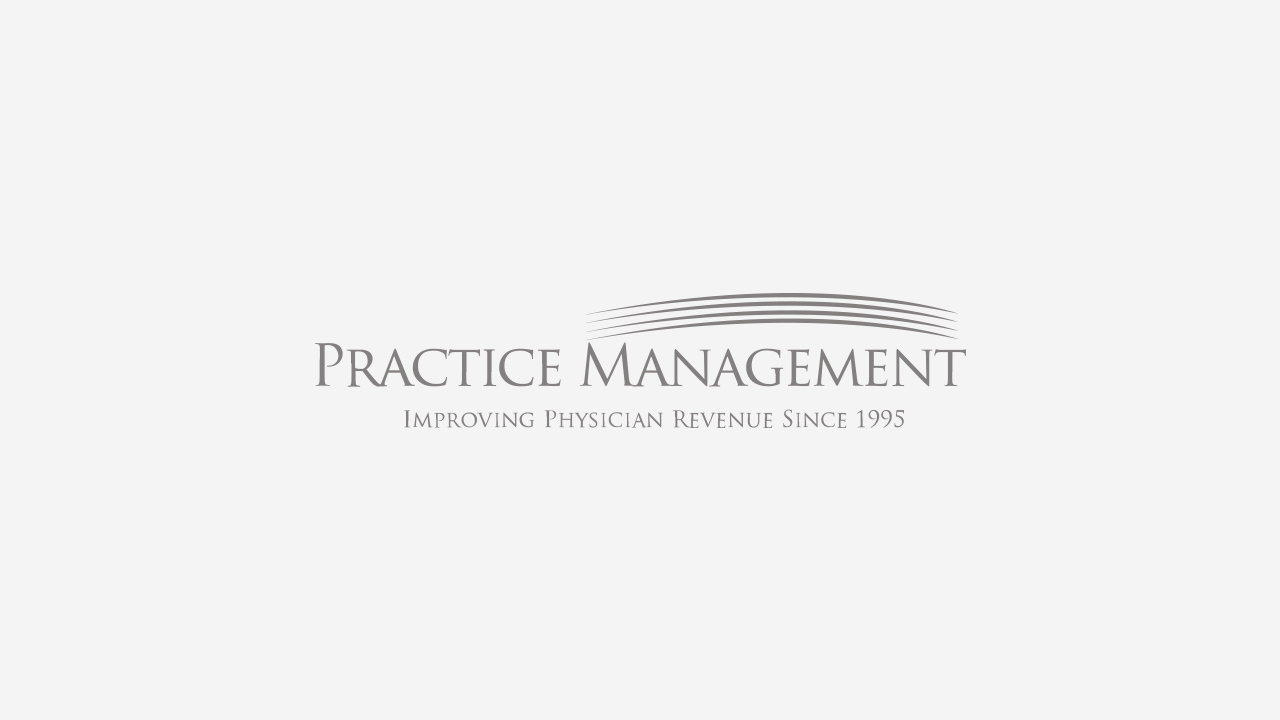
The scope of telemedicine’s effect reaches all ends of the medical industry. Patients, medical practitioners, and insurance companies have had to adapt to new technology that is making healthcare more accessible to patients around the country.
Whether it’s a difficult trip to a doctor’s office, or a quick question concerning an unusual change in body temperature, telemedicine is putting patients in direct contact with the help they need. Physicians are taking notice, as well as the insurance companies who are learning how to treat these new services.
What we’ve seen is more patient outreach and participation, but with more services being rolled out over time, there’s more to be seen from telemedicine’s impact.
With more telehealth options available to patients, the way providers handle these services will no doubt change over the next few years. Medicaid, for example, is used by an estimated 20% of Americans. Despite this, and the growing use of telemedicine, only 9 states have current laws concerning Medicaid coverage of telehealth and other related services.
To further complicate things, there are still some states that don’t consider the patient’s home as an eligible site for a telehealth visit or consultation and designates that another designated location be used.
There are also many other limitations and processes in place set forth by individual states concerning reimbursement of telehealth services, but the industry seems to be shifting towards more inclusive Medicaid policies.
Rising costs are a major factor for medical practices, and telemedicine poses a solution in its use of remote systems and services that can substitute for in-face meetings.
These services include
• Telehealth appointments
• Triage services
• Remote monitoring
Telemedicine can also add some alleviation to practices with a small staff since in theory, less unnecessary visits would mandate less staffing.
The example just mentioned is indicative of telemedicine’s current position in the world of medicine; while it does provide cost cutting alternatives, its success lies in the hands of the patients. With the assistance of mobile devices, telemedicine can lead to stricter adherence to medications, a decline in the number of Emergency Room visits, and use of video consultations in place of in-person appointments.
We continue to see the effects of inaccessible and often unavailable mental health resources for the majority of Americans. Behavioral health issues, unlike most physical conditions, can be treated through telehealth services.
“Crisis” situations can be averted if from the privacy of their own home, a mental health patient can utilize existing telepsychiatry services to get in touch with someone they trust. Emergency help aside, people living in areas with little, to no mental healthcare providers in the area, can reach a professional through convenient methods.
New elements can enter the mix, healthcare is after all, an industry built on connections between constantly changing organizations. Telemedicine’s increased use can be solely attributed to our dependence on mobile technology, but that would ignore problems that have plagued the medical industry for years.
While it should be looked at as a tool to incorporate into existing healthcare practices, its use will only be effective if medical practices take time to craft an approach that works for their specific needs.